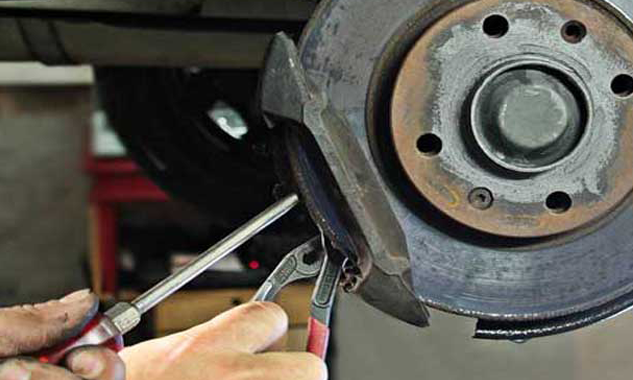If you’ve retired and are unsure if you can still lease or if it is a good choice for you then you’ll want to read our below guide.
Leasing a car is a long term rental where you lease the vehicle for a set period of time with an agreed upon mileage allowance.
If you want more information on leasing in general you might want to read our guide to personal leasing after reading this one.
There are many benefits to leasing.
A lease is usually for two to four years, this means you can update your vehicle every few years. If you are someone who usually updates their vehicle every couple of years then leasing would be a great choice for you as you don’t own the vehicle so you don’t need to worry about the value depreciating or selling your current car before buying or leasing a new one.

As lease cars are all brand new vehicles there are a number of other perks as well. They have the manufacturer’s warranty, and depending on the length of your lease this could last for the duration of this.
A vehicle does not need an MOT until it is three years old so depending on the length of the lease you choose you might not need to worry about this either.
When you lease, the vehicle is owned by the funder so they are the one who will pay the road tax for the vehicle.
The cost of a lease is fixed at a monthly price so can make it easier to budget. You can pay a larger initial payment if you want to lower the following monthly payments.
If you decide to add a maintenance package this can help with budgeting further. For more information on this scroll down to the maintenance section of this guide.
Although there are many benefits to leasing there are also a number of other considerations you’ll want to take into account before deciding if it’s the right choice for you.
You won’t own the vehicle and it will need to be returned to the finance company at the end of the lease.
As you do not own the vehicle you will not be able to make any modifications or changes to it without getting your funder's approval first.
Most funders will ask for the vehicle to be returned in a condition in line with the BVRLA’s fair wear and tear guidelines. If it is returned with damage or wear outside of these guidelines then there could be a charge at the end of the lease.
You agree to a set mileage allowance when you sign a lease agreement and you will need to return the vehicle within this allowance. If you go over the allowance then there will be an excess mileage charge, which you will have agreed to when signing the contracts.
Should you realise during the lease that you are likely to go over the allowance then most funders will look at increasing your mileage. If you think this might be the case you’ll just need to get in touch with us with your current mileage and what you would like this to increase to and we can request a quote from the funder for you.
You can add a maintenance package to a lease agreement.
This is where you pay an additional amount as part of your monthly payments and it covers any servicing and maintenance work that is required for the duration of your lease.
Each funder has a one-stop phone number that you can call to arrange any necessary work which means you only need to make one call.
You can take a look at this guide for more information on what is generally covered by a maintenance package. If you decide to add a maintenance package to your lease then the exact details of this will be included in the contracts you sign.

If you decide to opt for a non-maintained lease then it will be your responsibility to service the vehicle in line with the manufacturer’s and funder’s guidelines and to complete any required maintenance work.
Once you have decided that leasing is the right choice for you, we will work with you to find your perfect lease. We will find your ideal model with the right lease terms at a great price.
The leasing process will be no different to you as a retiree than any other applicant. After you have chosen the model you want and the lease length and mileage you’ll need we will then ask you to complete an application form, sometimes known as a proposal form, so that we can get your finance approved by the funder.
On this form we will ask for:
Once we have this information we will forward this onto the funder for approval. Please note that as part of this approval process there will be a credit check. Our funders usually ask that you have a good to excellent credit score.
At this stage our funders sometimes ask for additional information, and as you are retired they may ask for proof of income. If any additional information is needed we will let you know exactly what the funder requires.
Our Customer Services Team will then look after you through the process of signing your finance documents and arranging delivery of your new car. They will be there to help you every step of the way and answer any questions you might have.
It will be your responsibility to insure the vehicle for the duration of the lease.
As the contract holder you will also usually need to be the main driver on the insurance.
You might want to consider GAP insurance if you decide to lease. GAP insurance protects you if the vehicle is written off or stolen and unrecoverable and there is a difference between what your insurance company value the vehicle at and the remainder of your lease payments.
For more information on GAP insurance take a look at our guide to GAP which will give you a more detailed breakdown of the product.
You can add a private registration number to a lease vehicle once it has been delivered.
Please note you will need to remove the registration from your vehicle before the end of the lease.
For a full guide to adding a private number plate to your lease vehicle click here.
If you have any more questions about leasing then please give us a call on 0330 221 0000 and one of our Leasing Consultants will be happy to help. Alternatively, you can take a look at our Guides Homepage or FAQs.
Check out one of our helpful guides or our explaination of leasing to get all your questions answered.
You can unsubscribe at any time